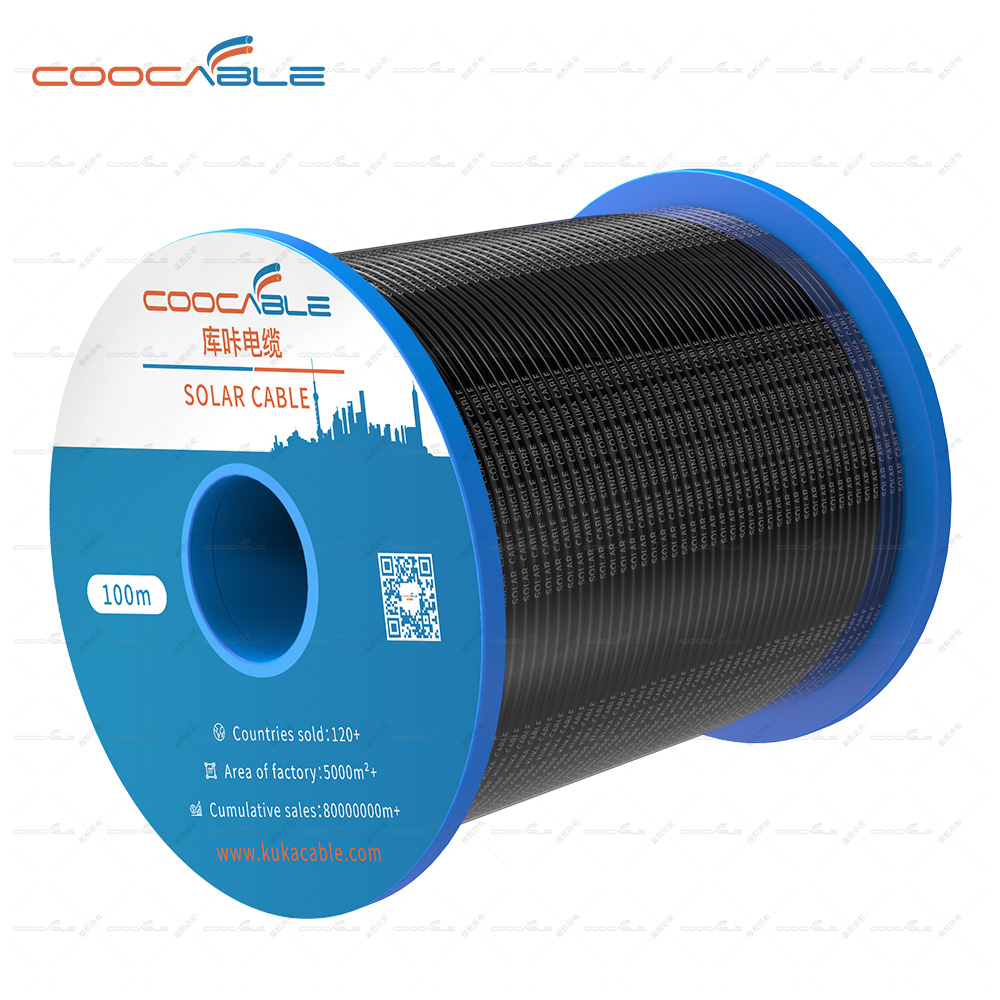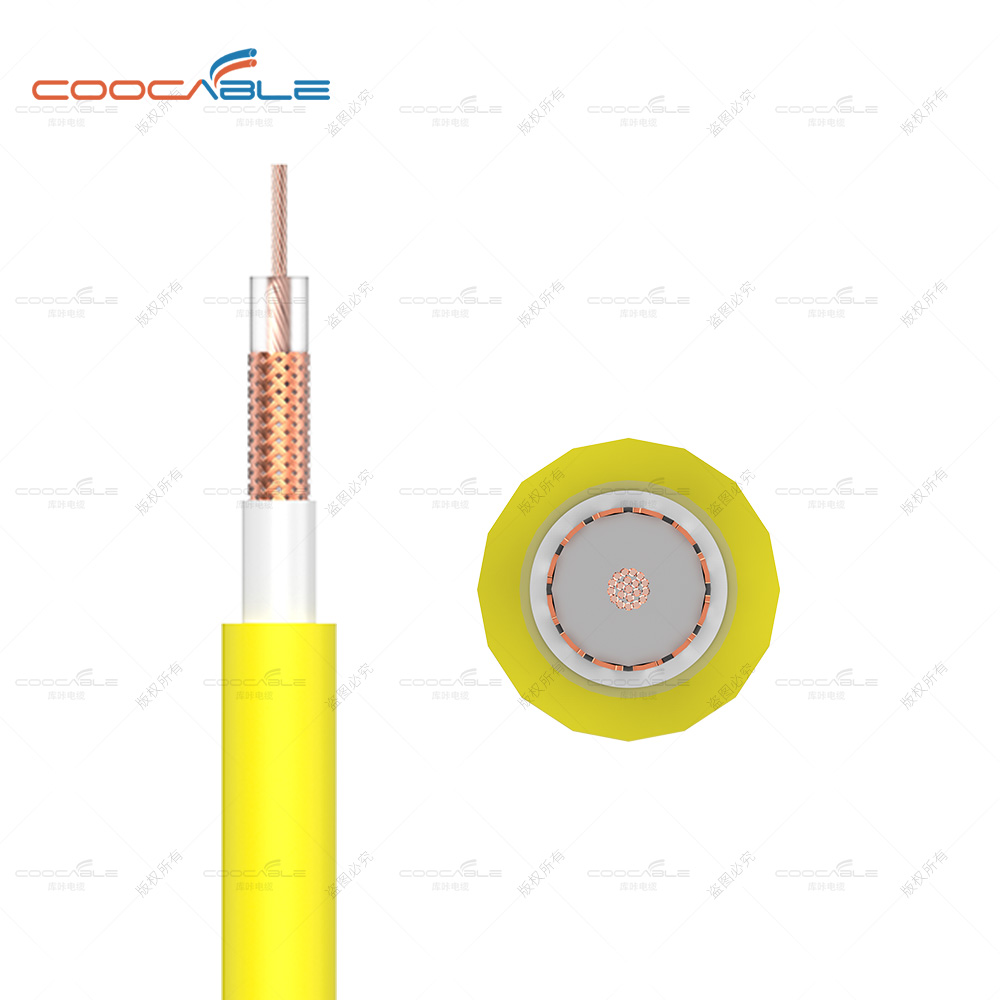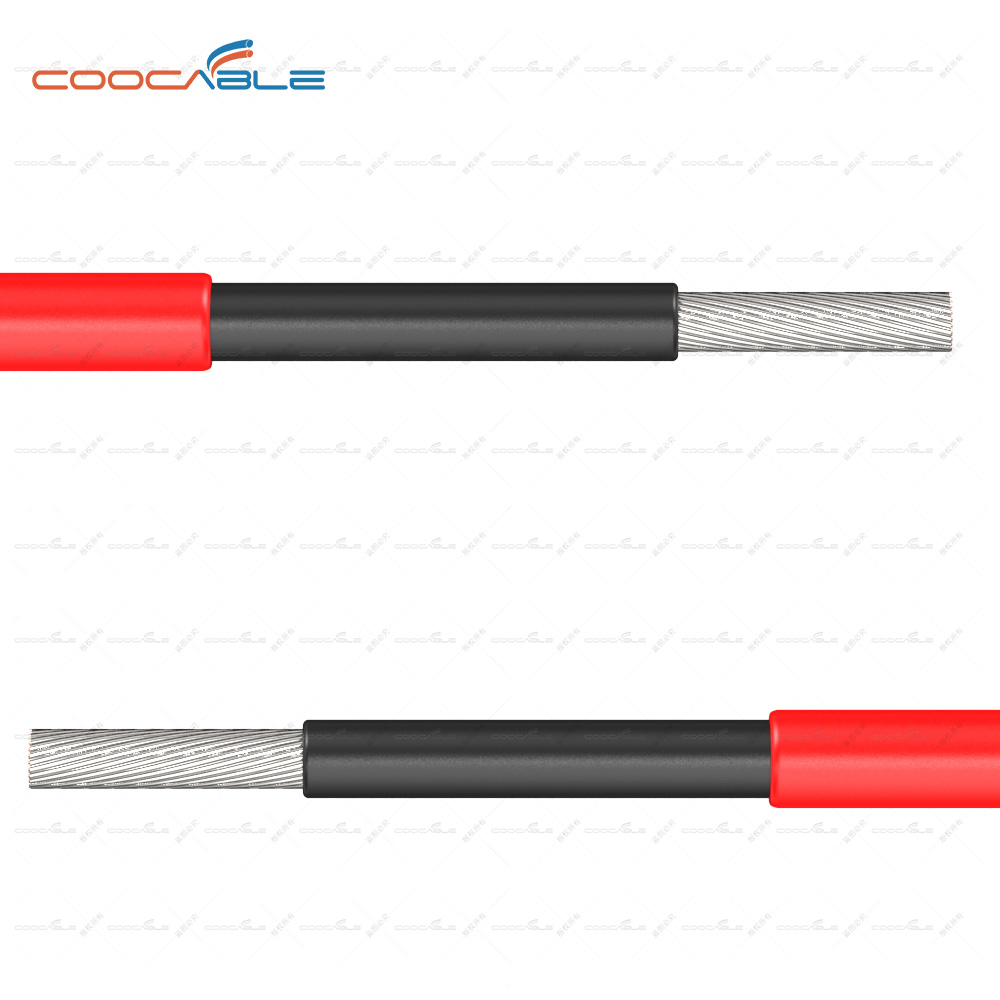10mm solar dc cable PV wire fault solution
Everyone must know that solar photovoltaic cables will inevitably have safety failures during use. From an objective point of view, the cost of cables is not low. If the cables are directly replaced, the cost is relatively high. Therefore, when the cables fail, The priority solution is to repair the point of failure, so how should we find the point of failure before repairing it? Below, Jianzhenda Cable will introduce you to three methods for locating cable faults. Let's take a look together.
After the cable is faulty, the general side search steps are as follows:
1. Determine the nature of the fault
According to the phenomenon when the fault occurs and some simple tests, the nature of the fault can be preliminarily judged, whether the fault resistance is high resistance or low resistance, flashover or closed fault, grounding short circuit, open circuit, or their mixture, single-phase, two-phase or Three-phase fault. For example, when a cable in operation fails, there is always a ground signal, which may be a single-phase ground fault; if the relay protection trips over-current, there may be a two-phase or three-phase short circuit, or a combined short-circuit and ground fault. Judgment, the nature of the fault cannot be completely determined, the insulation resistance must be measured and a continuity test must be performed.
2. Cable routing
For incomplete drawings or unknown cable paths, the audio induction detection method and the pulsed magnetic field method can be used to find out the laying path and buried depth of the faulty cable, and perform fixed-point precision measurement. The audio induction detection method is to pass the audio signal current through the wire. The path is determined according to the strength of the audio signal received by the receiver in the receiving coil.
3. Accurate fault point measurement point
The precise location of the fault point is determined by pulse discharge acoustic measurement method, audio frequency induction method, and acousto-magnetic synchronous detection method. The inductive method is suitable for metal ground faults and phase-to-phase short-circuit faults.





